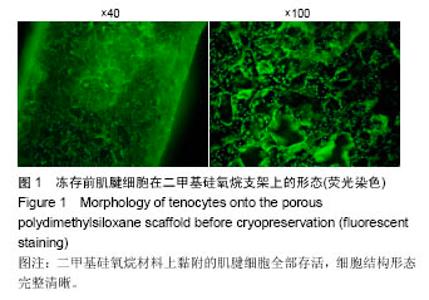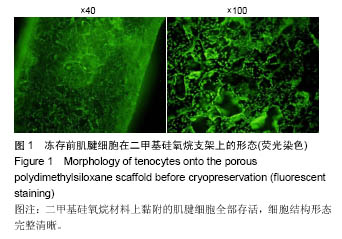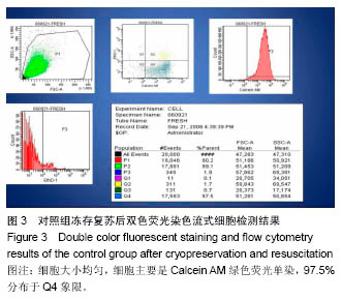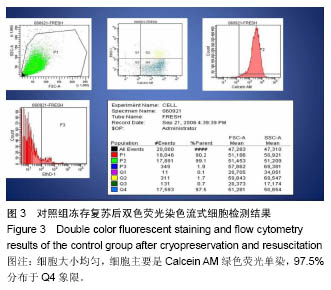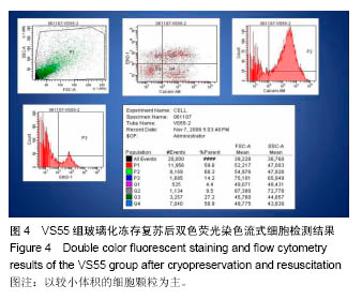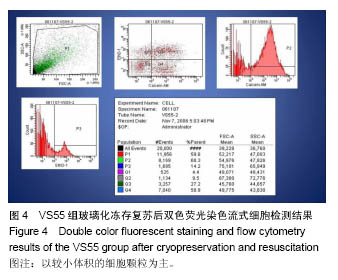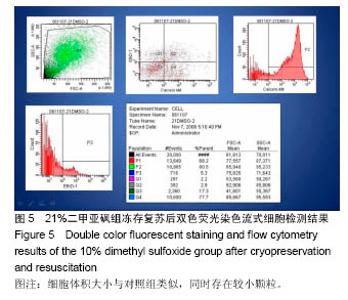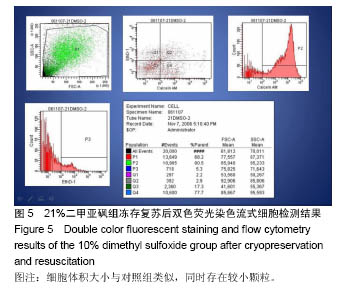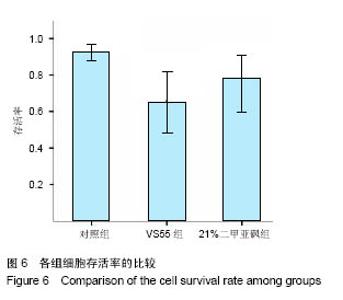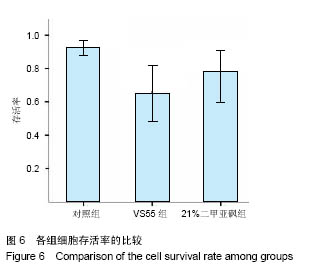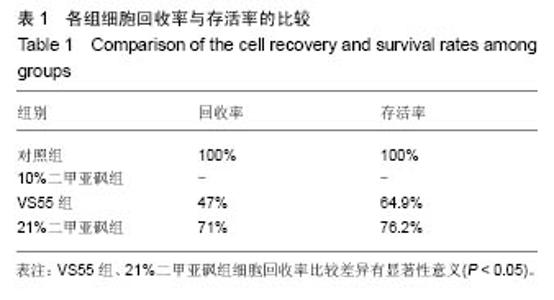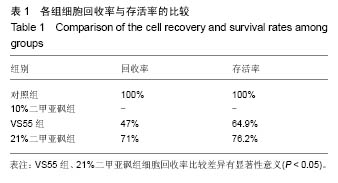| [1]Langer R,Vacanti JP.Tissue engineering. Science. 1993; 260(5110):920-926.[2]Mertens JP,Sugg KB,Lee JD,et al.Engineering muscle constructs for the creation of functional engineered musculoskeletal tissue.Regen Med.2014;9(1):89-100.[3]Wang Z,Qin YW.Review:Vitreous Cryopreservation of Tissue-engineered Compositions for Tissue Repair.J Med Biol Eng.2013;33(2):125-132.[4]Carey HV,Andrews MT,Martin SL.Mammalian hibernation: cellular and molecular responses to depressed metabolism and low temperature.Physiol Rev.2003;83(4):1153-1181.[5]Shannon M,Capes-Davis A,Eggington E,et al.Is cell culture a risky business? Risk analysis based on scientist survey data. Int J Cancer.2016;138(3):664-670.[6]Polge C,Smith AU,Parkes AS.Revival of spermatozoa after vitrification and dehydration at low temperatures. Nature. 1949;164(4172):666.[7]Brockbank K,Chen Z,Greene ED,et al.Ice-Free Cryopreservation by Vitrification.MOJ Cell Sci Repor. 2014; 1(2):00007.[8]Royall CP,Williams SR.The role of local structure in dynamical arrest.Phys Rep.2015;560:1-75.[9]He X,Toth TL,Toner M,et al.Methods for the Cryopreservation of Mammalian Cells.US, 2009.[10]Agha-Rahimi A,Khalili MA,Nottola SA,et al. Cryoprotectant-free vitrification of human spermatozoa in new artificial seminal fluid.Andrology.2016.doi: 10.1111/andr.12212. [Epub ahead of print][11]Kuleshova LL,Wen F,Y Wu Y,et al.Cryopreservation strategies for stem cells derived from a variety of sources involving tissue engineering.Cryobiology.2015;71(3):559.[12]Park J,Kurihara D,Higashiyama T,et al.Fabrication of microcage arrays to fix plant ovules for long-term live imaging and observation.Sens Actuators B Chem. 2014;191(2): 178-185.[13]Song YC,An YH, Kang QK,et al.Vitreous preservation of articular cartilage grafts.J Invest Surg.2004;17(2):65-70.[14]Dahl SL,Chen Z,Solan AK,et al.Feasibility of vitrification as a storage method for tissue-engineered blood vessels.Tissue Eng.2006;12(2):291-300.[15]Song YC,Chen ZZ,Mukherjee N,et al.Vitrification of tissue engineered pancreatic substitute.Transplant Proc. 2005; 37(1):253-255.[16]王治,陈曦,秦廷武,等.组织工程肌腱细胞研究模型的构建: SD大鼠尾腱细胞可行吗?[J].中国组织工程研究与临床康复, 2009, 13(46):9011-9014.[17]Khirabadi BS,Song YC,BrockbankKGM.Method of cryopreservation of tissues by vitrification.US,2007.[18]Rituper B,Chowdhury HH,Jorgacevski J,et al. Cholesterol-mediated membrane surface area dynamics in neuroendocrine cells.Biochimica Et Biophysica Acta. 2013; 1831(7): 1228-1238.[19]Mohaddeseh V,Mahnaz E.Effect of temperature changes on the cell membrane with molecular dynamics simulation.Bioint ResAppl Chem.2016;6(2):1144.[20]Southard JH,Belzer FO.Organ preservation.Ann Rev Med. 1995;46(1):13-18.[21]Guan J,Urban JP,Li ZH,et al.Effects of rapid cooling on articular cartilage.Cryobiology.2006;52(3):430-439.[22]Baudot A,Alger L,Boutron P.Glass-forming tendency in the system water-dimethyl sulfoxide.Cryobiology. 2000;40(2): 151-158.[23]Wusteman MC,Pegg DE,Robinson MP,et al.Vitrification media: toxicity, permeability, and dielectric properties.Cryobiology. 2002;44(1):24-37.[24]Pegg DE,Wusteman MC,Wang L.Cryopreservation of articular cartilage. Part 1: conventional cryopreservation methods.Cryobiology.2006;52(3):335-346.[25]Kuleshova LL,Lopata A.Vitrification can be more favorable than slow cooling.Fertil Steril.2002;78(3):449-454.[26]von Bomhard A,Elsässer A,Ritschl LM,et al.Cryopreservation of Endothelial Cells in Various Cryoprotective Agents and Media - Vitrification versus Slow Freezing Methods.PLoS One. 2016;11(2):e0149660.[27]Cervera RP,Garcia-Ximénez F.Vitrification of zona-free rabbit expanded or hatching blastocysts: a possible model for human blastocysts.Hum Reprod.2003;18(10):2151-2156.[28]Wang Z,Quan Q,Chen X,et al.Effects of scaffold surface morphology on cell adhesion and survival rate in vitreous cryopreservation of tenocyte-scaffold constructs. ApplSurf Sci.2016;388:223-227.[29]Chen X,Qin T,Wang Z,et al.Effects of micropatterned surfaces coated with type I collagen on the proliferation and morphology of tenocytes.Sheng Wu Yi Xue Gong Cheng Xue Za Zhi.2008;255(2):382-387. |
